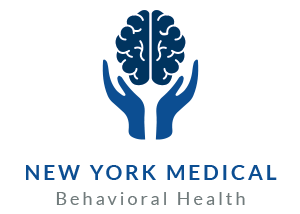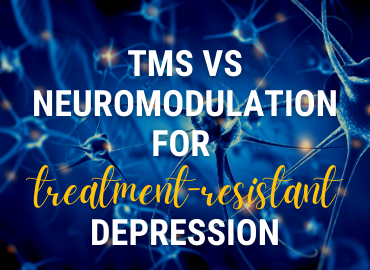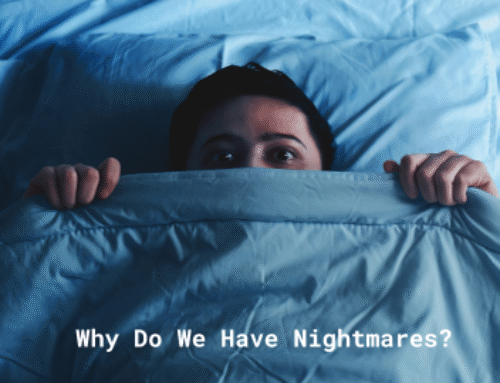What is Neuromodulation?
How is neuromodulation used? How does it compare to TMS? We were glad to be asked about that recently, because neuromodulation is a fascinating topic.
In short, TMS is a type of neuromodulation therapy. Neuromodulation is the practice of using technology to treat nerve activity, typically via electric current, magnetism, or releasing medication. This can be delivered to the brain or other parts of the body. Some types of neuromodulation are:
- Transcranial magnetic stimulation therapy, or TMS. This is the kind of neuromodulation we use at Rochester Holistic Psychiatry. Take a look at how it works and why we use it HERE.
- Deep Brain Stimulation, or DBS. This is an invasive method that uses electrodes on brain tissue.
- Electroconvulsive Therapy, or ECT. A far cry from the inhumane “shock treatments” of decades past, modern electroshock therapy is an effective option for treatment-resistant depression.
Aiding mental disorders is only one of the goals neuromodulation can accomplish. Types of neuromodulation are also used on Parkinson’s disease, spinal injuries, pelvic disorders, chronic pain, and more. Neuromodulation devices include cochlear implants and intrathecal drug implants.
Facts About Depression
According to the Anxiety and Depression Association of America, (ADAA) Major Depressive Disorder (MDD) currently affects 40 million adults over 18 in the United States, about 18% of the population. Fortunately, with the right resources, MDD and associated comorbid disorders like Generalized Anxiety Disorder (GAD) are treatable.
Common treatments for depression and comorbid disorders include medication, lifestyle changes, cognitive behavioral therapy, support groups, therapy, and social support. Most of the time, these help patients achieve remission or enable them to manage their symptoms. Unfortunately, for a portion of patients, (up to 30% according to the NCBI) these treatments cease being effective after some time or are not enough from the beginning.
Neuromodulation for Mental Health
Our first priority is improving the health of each and every patient we see. If your MDD is not responding to treatment or the treatment isn’t working the way it used to, consult your doctor and/or psychiatrist to explore your other options. You can have a better quality of life, so if what used to work isn’t working, don’t give up, but advocate for yourself, and give us a call with any questions.




